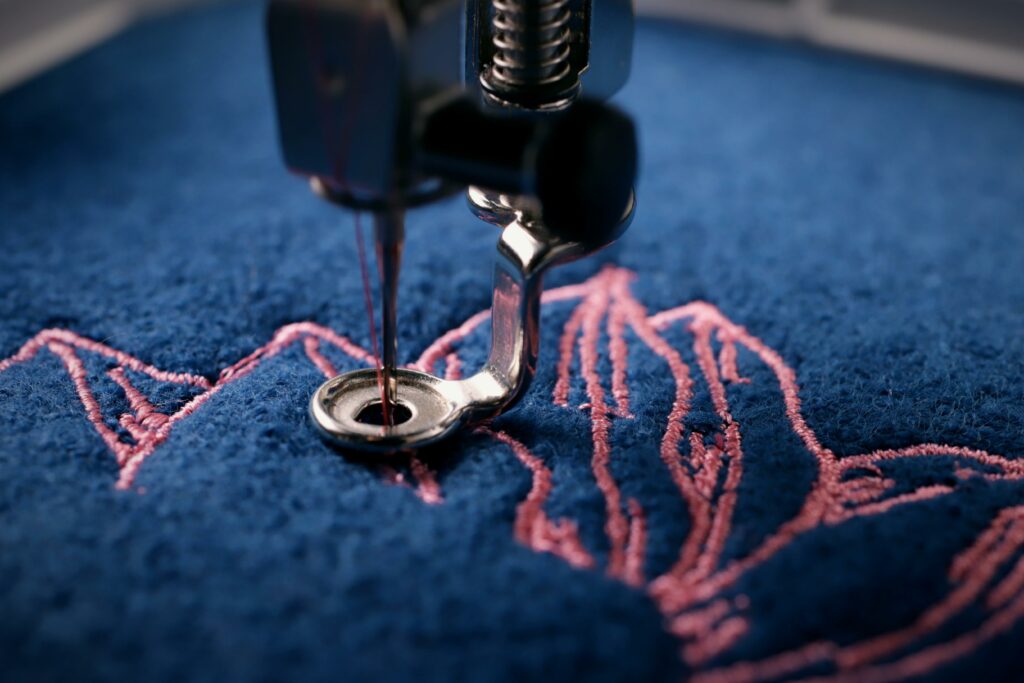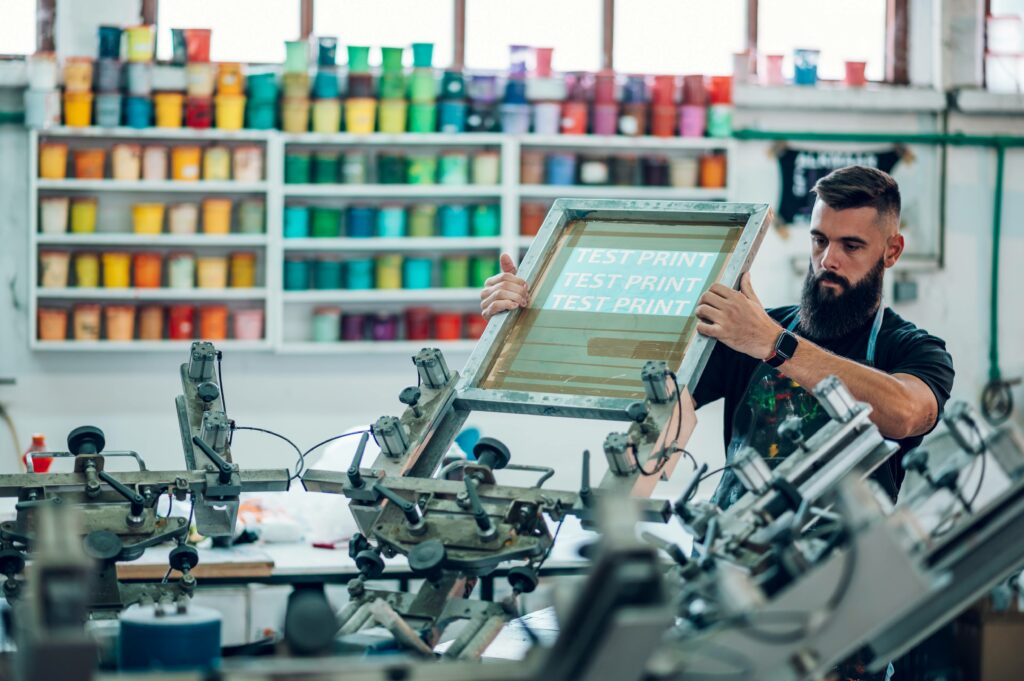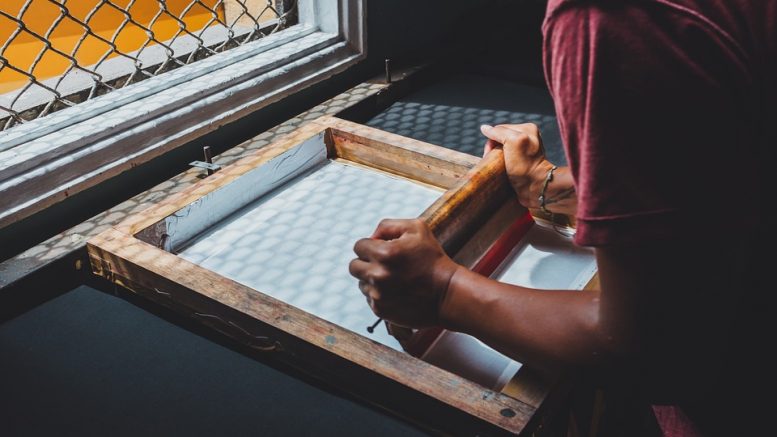When you’re investing in custom-manufactured carrying cases or industrial bags, one decision often gets overlooked — how will your branding appear on the outside?
Should you go with embroidery, for a stitched, durable finish, or silkscreen printing, for a bold, graphic look? The answer depends on your use case, your logo style, and how the bag will be used in the field.
Let’s break down the pros, cons, and best use cases of silkscreen vs embroidery — so you can choose the right option for your branded carrying cases.
Embroidery: Durable, Professional, and High-Impact for Small Logos
Embroidery involves stitching your design directly into the fabric using heavy-duty thread. For many of our customers in healthcare, emergency response, military, or tech — this is the go-to option for adding a company name, product label, or logo that needs to hold up in the field.

Best for:
- Small logos or single-word branding
- Durable outdoor or rugged field use
- Cases with thick or padded fabric (e.g., ballistic nylon, Cordura)
- When a professional or “stitched” look is desired
Pros:
- Thread colors don’t fade or peel over time
- Stands up to abrasion, UV exposure, and machine washing
- Creates a high-end look, even on utilitarian cases
- Great for precision in small, clean lettering (like model names or unit IDs)
Considerations:
- Not ideal for ultra-large or very detailed artwork
- Limited number of thread colors per design
- 3D or highly textured surfaces may limit placement
Silkscreen Printing: Bold, Flexible, and Efficient for Larger Graphics
Silkscreen (or screen printing) applies ink directly onto the case fabric using a stencil and mesh screen. It’s an excellent choice for larger designs, bold type, and multi-case runs where consistency is key.

Best for:
- One- or two-color company logos
- Large or flat areas (e.g., case fronts or lids)
- Internal labeling (e.g., use instructions, safety warnings)
- When you need graphic branding at scale
Pros:
- Ideal for large graphics or wordmarks
- Fast and cost-effective for bulk production
- Wide range of ink colors available
- Can be printed on the inside of lids for user guidance
Considerations:
- Ink can wear down or fade over time with friction
- Flat surfaces work best, anything with movement will wear quickly
- Less detail control for fine text compared to embroidery
Choosing the Right Option: What to Consider
When deciding between silkscreen and embroidery for your custom cases, consider:
| Factor | Go with Embroidery | Go with Silkscreen |
|---|---|---|
| Logo Size | Best for small logos or name tags | Better for large logos or messages |
| Color Complexity | Ideal for 1–6 thread colors | Great for 1–2 ink colors, or simplified graphics |
| Durability Needs | Extreme durability, abrasion resistance | Moderate durability, better for protected or interior use |
| Surface Material | Works on thick, padded, or stitched fabrics | Best on smooth, flat surfaces |
| Placement Goals | External logos or unit identification | External logos or internal labels/warnings |
Real-World Examples
- Medical Device Bags: Customers often use embroidery for company branding on the outside and screen printing inside the lid with cleaning or calibration instructions.
- Military Equipment Cases: Embroidery is preferred for durability in tough conditions.
- Trade Show Demo Kits: Silkscreen offers a crisp look for logos and taglines over larger panels.
- OEM Electronics Cases: We see both — screen printing for model names and embroidery for the parent brand.
Final Thoughts
In the end, both silkscreen and embroidery are excellent options — it all comes down to your design, fabric type, and where the branding will live on the case. At Fieldtex, we offer both in-house, so there’s no wrong choice — just the one that fits your use case best.
📞 Need Help Deciding?
Our team can guide you through material, placement, and logo optimization.
Contact us for a quote or to discuss how to brand your next custom case with confidence.

